Kommos Archaeological Site Conservation Reconnaissance Report 2020
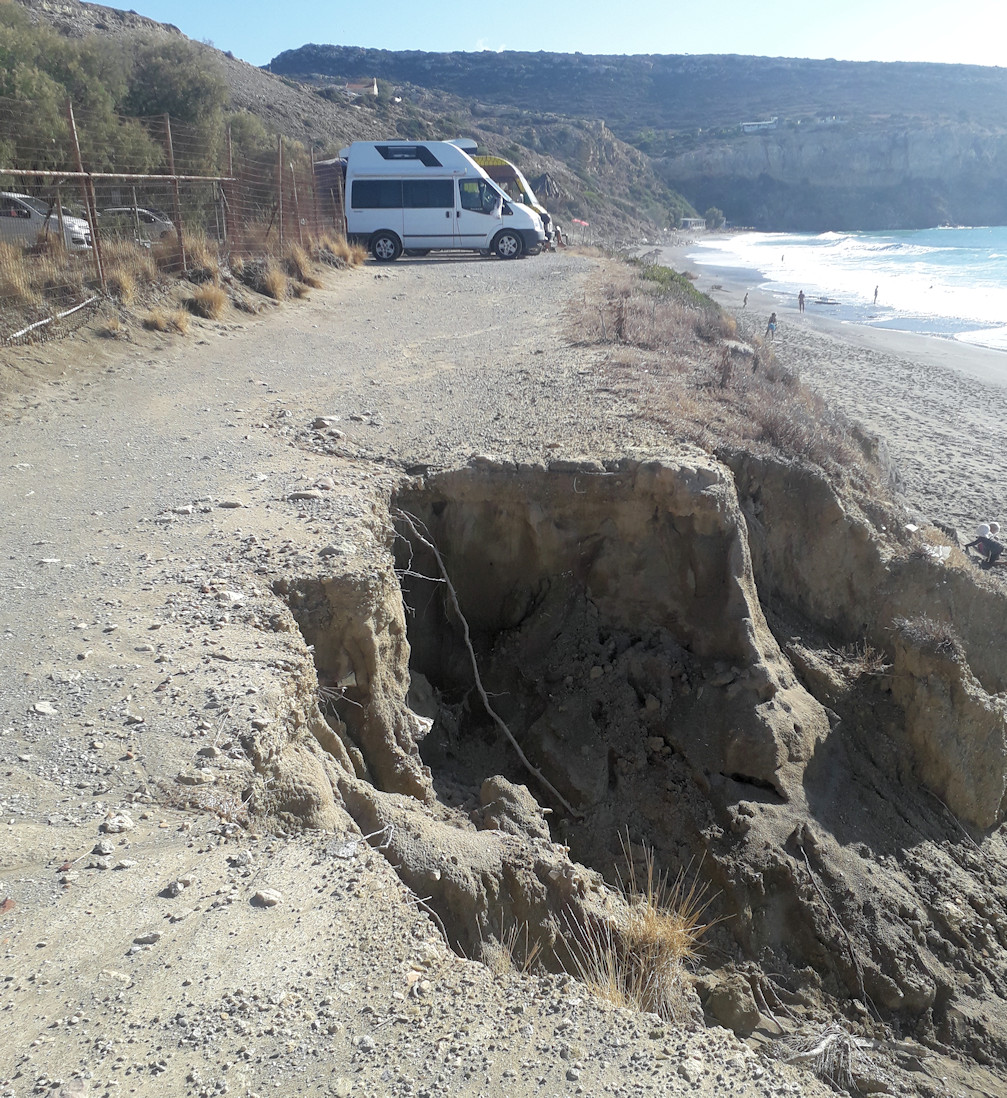
Visits to Kommos by Kommos Conservancy’s James Stratis during the autumn of 2020 confirmed that the Kommos site’s conservation continues to be at risk. On a couple of good notes, however, the archaeological site’s identification sign [photo. 1] has been cleared of the overgrowth. This is important because the sign informs the stream of public accessing the Kommos beach by the road adjacent to the east perimeter [photos. 2-3], that it, the Kommos site, is an officially recognized place. It intends to instill recognition that that the site is important and that there is administrative oversite of the fenced in area.
The other positive condition noted is that there appeared to be at least two controlled burn spots [photos. 4-5] within the site, probably connected to the clearing at the sign. As is often said: “Actions often speak loader than words”, while official signage alerts to the stewardship, clearing flammable piles of cut bushes and dead wood is also a demonstrable necessity of that management. Fires across the parched land are destructive to the exposed stone walled ruins potentially causing cracks and spalling and loss of the pre-historic / historic masonry walls.
Photo. 6 Fire at Mycenae (posted by Al Jizerra)
This concern received international attention this last summer when a fire endangered1 the famous historically significant Bronze Age site of Mycenae. [photo 6] Greek Culture Minister Dr Lina Mendoni stated that “damage to the site was prevented due to safety measures in place”, which she added had been “ordered by the Argolida Ephorate of Antiquities, and the quick response by fire fighting forces”.
For the conservation concern of fire damage prevention at Kommos we look forward to learning of the impact to the walls of Mycenae, to further all interested parties’ awareness and hopefully towards follow-up actions, a plan that eliminates the cut branch piles on and around the Kommos site and ideally a regularly scheduled grounds maintenance.
Photos. 9-10 Breached and damaged fence with beach erosion located on Southern Area’s west fence
The erosion on the seashore (west) side of the site continues to endanger that southwest portion of the site. [Photos. 7-10] A plan to stabilize that area remains unfulfilled, in part probably due to the pandemic. The perimeter fence at the Kommos archaeological site is breached [Fig 11]in several places as witnessed from a circumference survey, last month. A person was observed inside the officially closed site [Photo. 12], potentially creating a risk to themselves and to the fragile unearthed remains of pre-historic and historic structures. I have been told by several people that this is not unusual. Signs declaring the site closed and forbidding trespass should be installed. Securing the perimeter of the site is a fundamental necessity.
A new independent conservation organization2 is calling on members of the public and culture professionals to monitor and report on the status of UNESCO’s World Heritage sites because safeguarding these cultural hot spots has become a “secondary concern” for the United Nations cultural agency. While Kommos has not been designated it is of probable worthy inclusion with other Minoan sites and efforts have been underway for many years, towards that UNESCO recognition.
Paulina Karavasili wrote an article, published on 29 November 2020 in the Greek City Times, titled: “Police discover large network of European auction houses selling stolen ancient Greek artifacts illegally3”
Concerns related to illegal excavations in and around the site are recently brought to the public attention on the Greek mainland; the criminal known as “The Grandfather” satisfies the demand for archaeological artifacts by facilitating the transfer out of Greece of the ill-gotten supply.
“On November 14, 2015, near the village of Chrysovitsi in Arcadia, Greece, a group of German poachers discovered an ancient silver coin weighing 12 grams. The poachers stole the coin and sold it for 8,000 euros to an intermediary seller and a popular – among his peers – illicit dealer of antiquity, known by the nickname ‘The Grandfather’. On March 7, 2016, that same coin appeared in an auction house catalogue in Munich, Germany, for a starting price of 12,000 euros. It was eventually sold for 34,000 euros to an anonymous buyer.
On October 21st of this year, the first set of a series of trials against the antiquity dealers took place at the Three-Member Criminal Court of Appeal of Patras in Greece, where 47 defendants appeared. Greek authorities submitted requests for legal assistance from Germany, Austria, Switzerland, Great Britain and Bulgaria and demanded the opening of bank vaults abroad, the detailed search of the e-mails of those arrested, as well as the files of the relevant auction companies. Investigators found a secret language which they used for analyzing recorded phone calls and they have videos showing gravediggers in Greece searching for artifacts. The investigation also revealed that numerous European and American auction houses [Photo. 13] had been systematically involved in the illegal excavations4, transport, forged documentation and sales. Not surprisingly the demand produces the supply.”
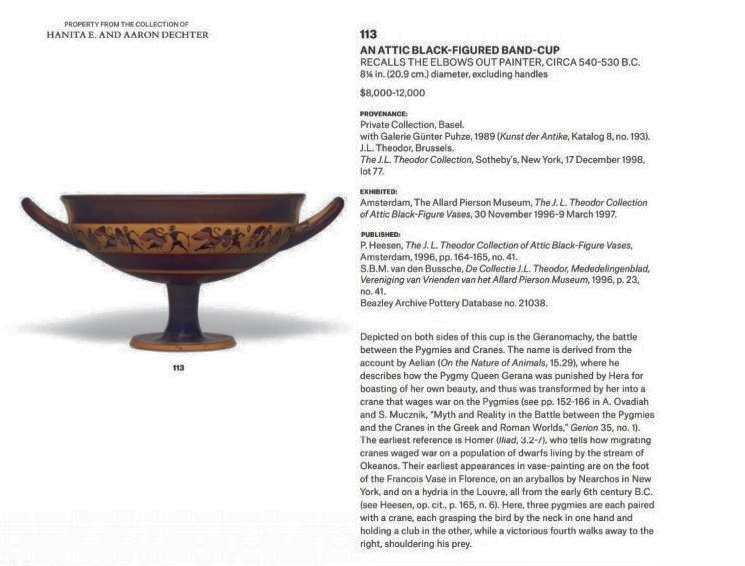
Photo courtesy Dr. Christos Tsirogiannis
4
The area within and around the fenced Kommos site is vulnerable to illegal excavation, which has been detected and reported at a nearby site to the north of Kommos. Additional signage requesting that visitors respect the closed access should also be considered. Local residents, as stake holders, could be engaged and encouraged to act as eyes on the ground and report to designated representatives of the Ephorate of Antiquities of Heraklion.5
1 Fire at Mycenae, antiquities not damaged
2 New heritage body aims to keep Unesco in check by calling on public to report sites in danger
4 Greek Antiquities Expert Foils Auction of Priceless Artifacts from 480 BC
5 Ephorate of Antiquities of Heraklion 30 2810 288394, 288484

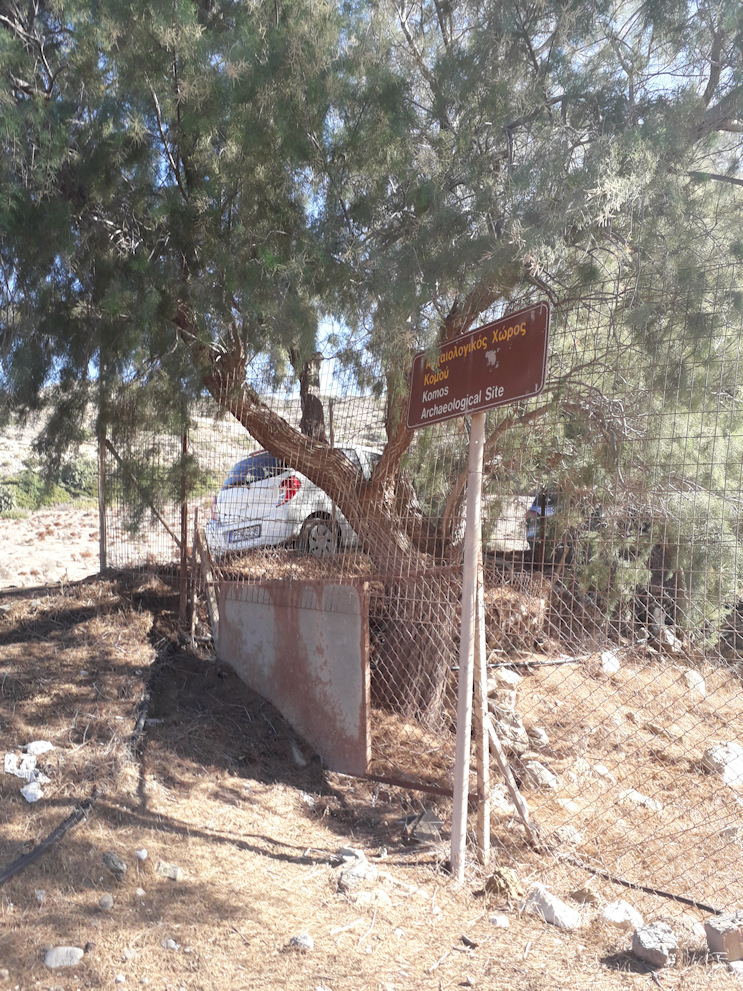
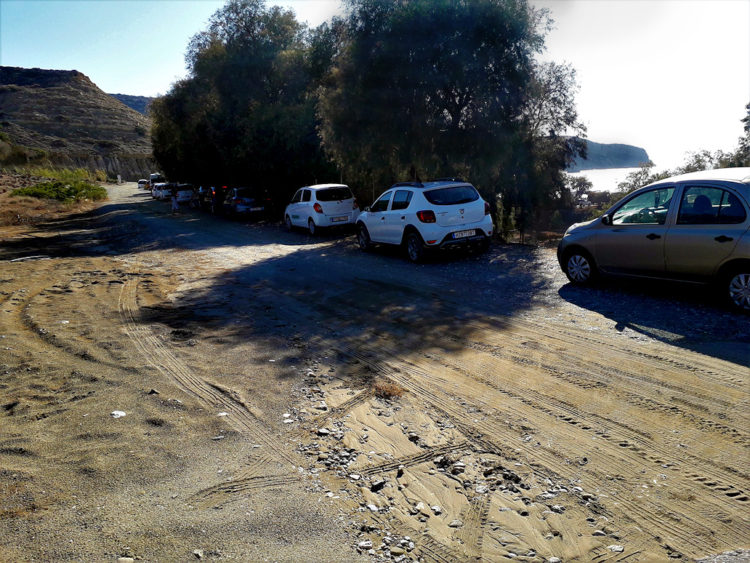
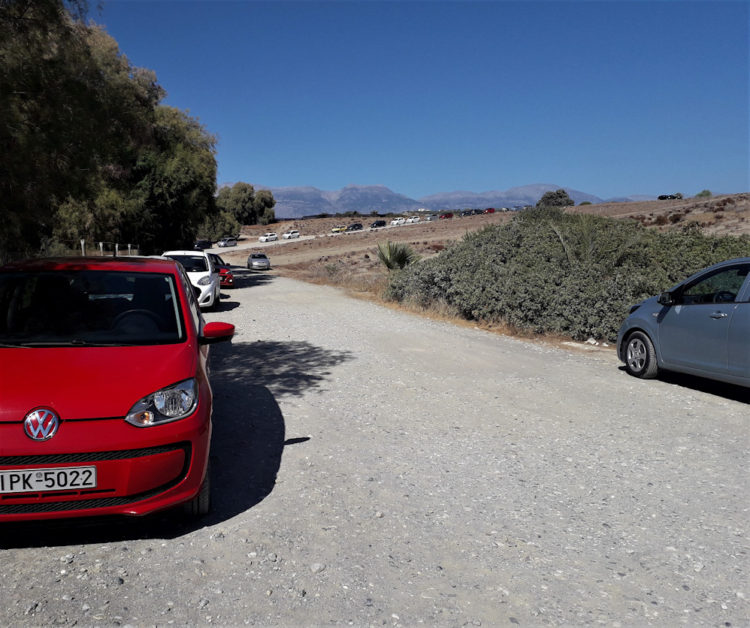
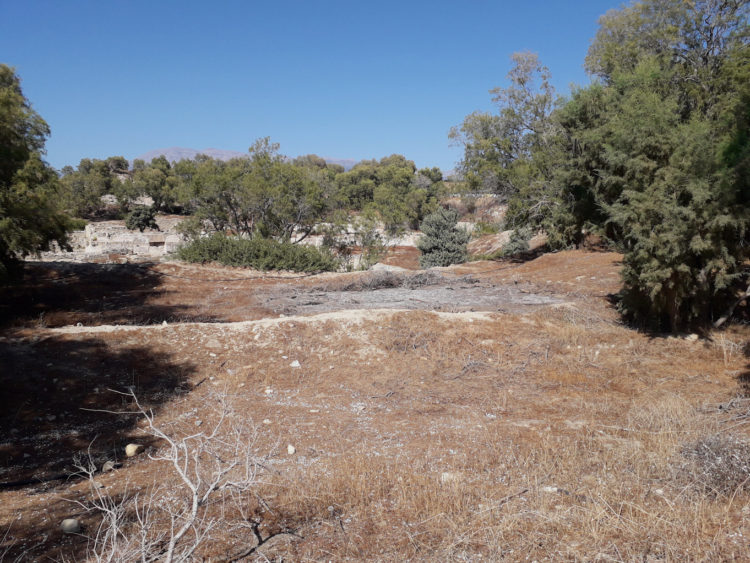
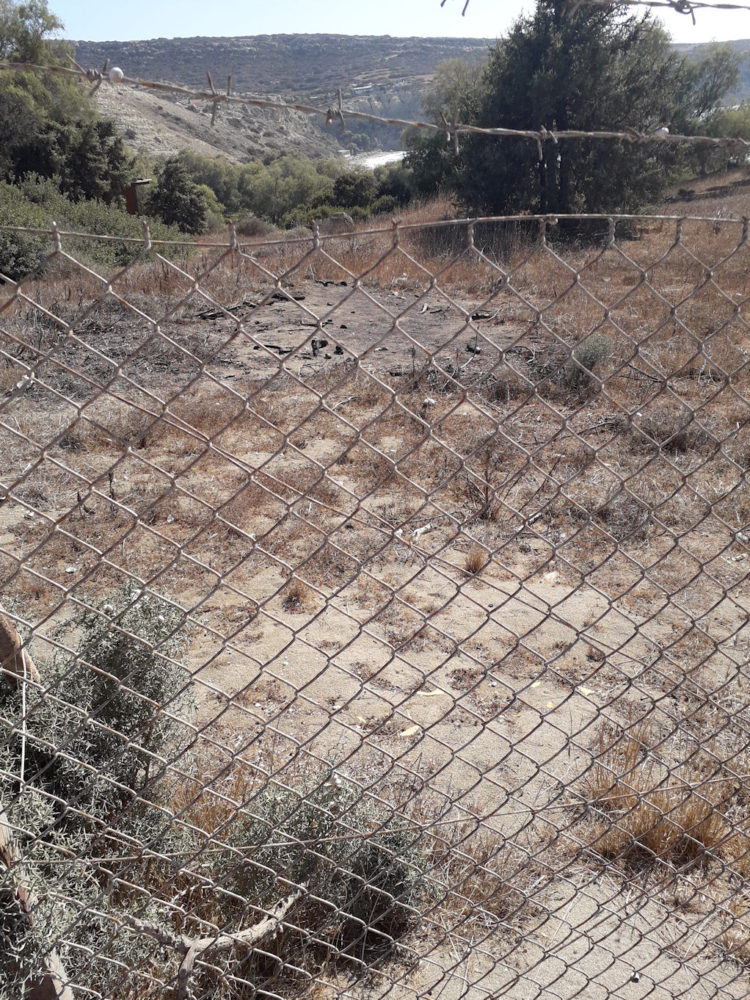
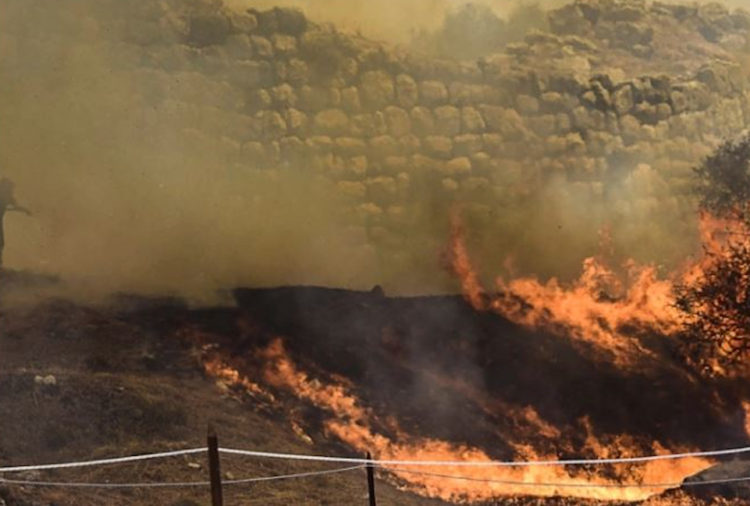
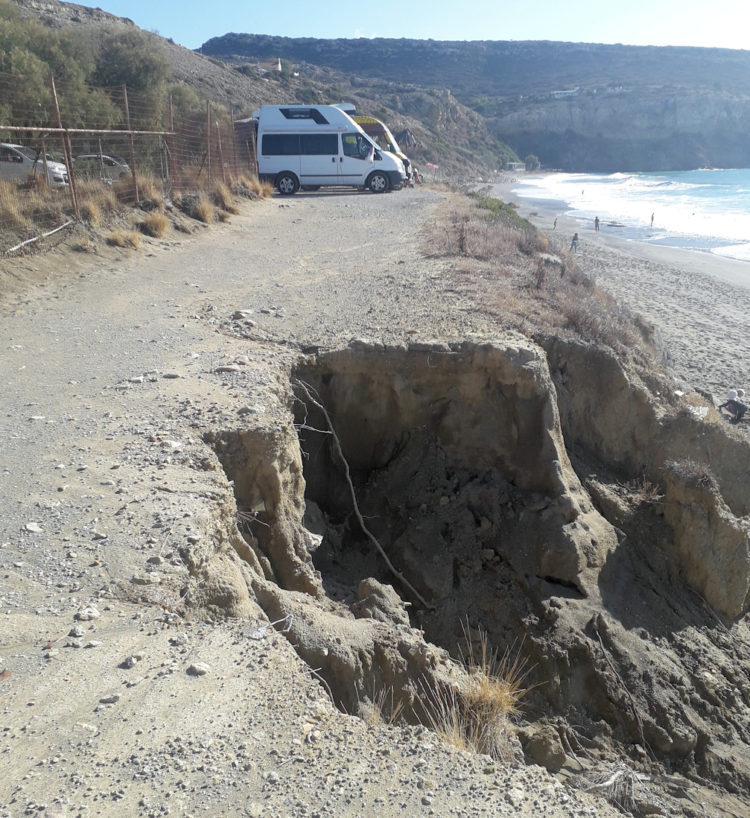
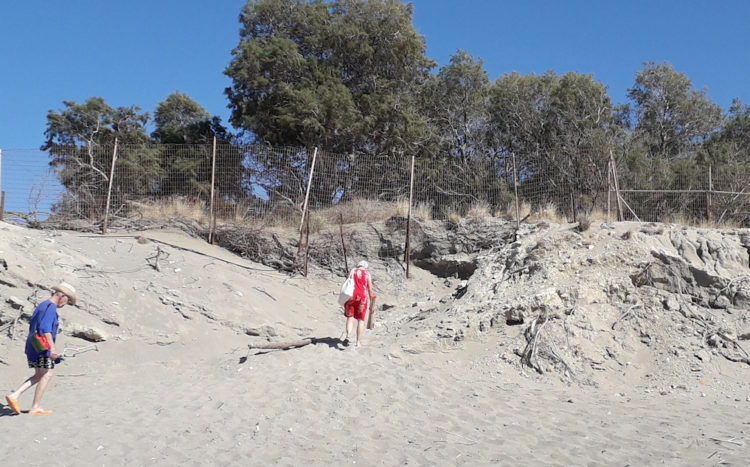
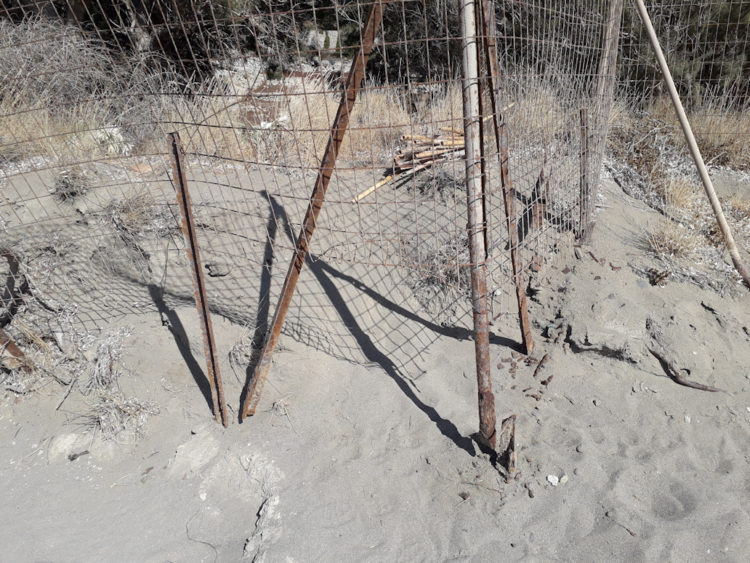
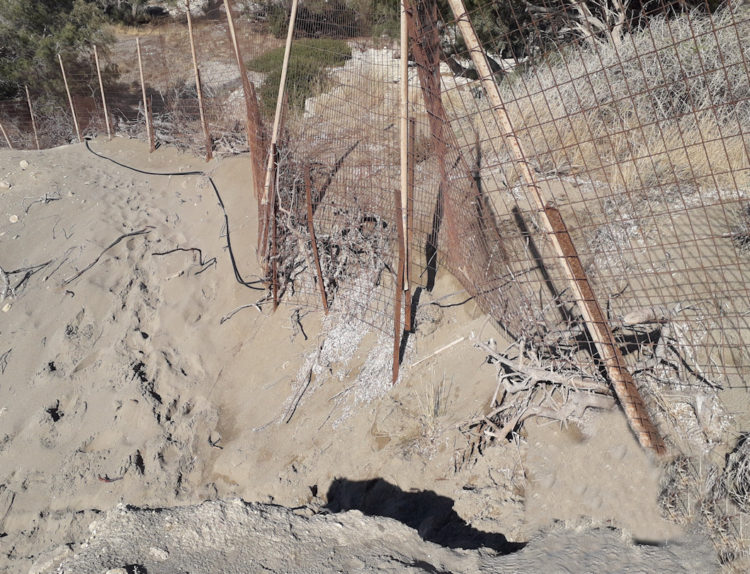
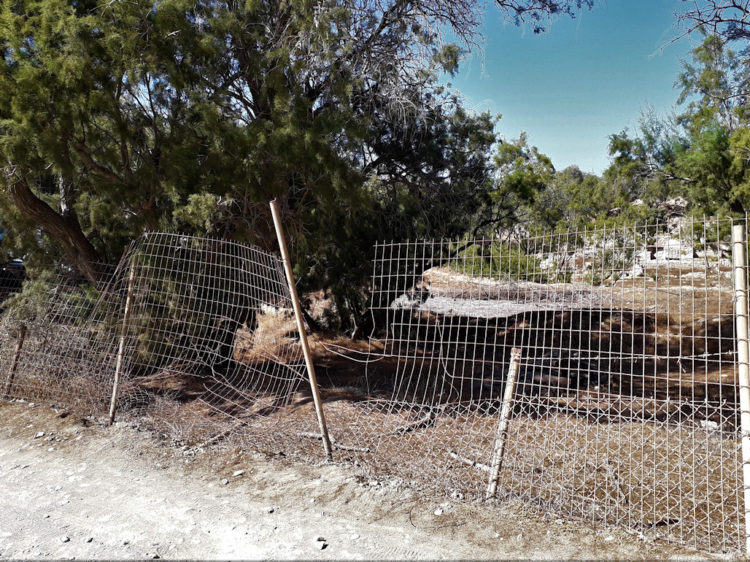
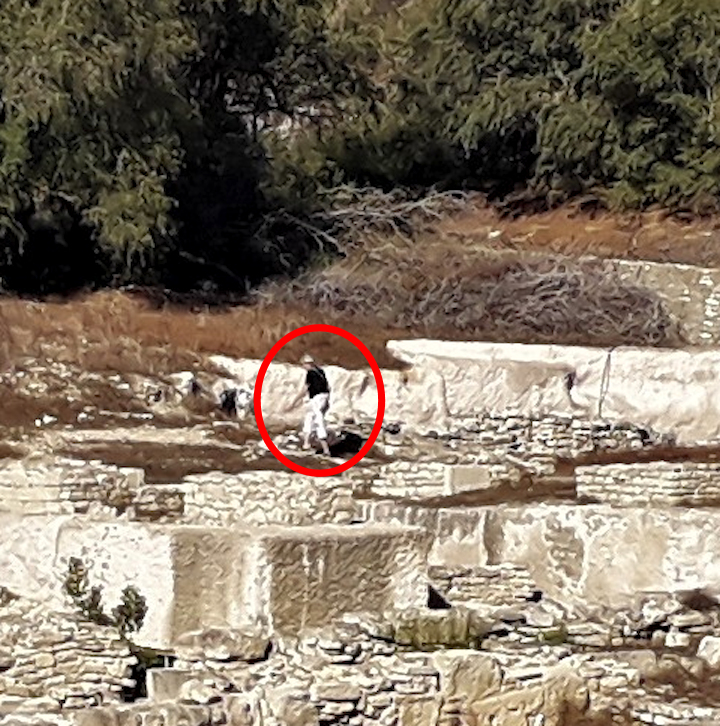
Leave a Reply
You must be logged in to post a comment.